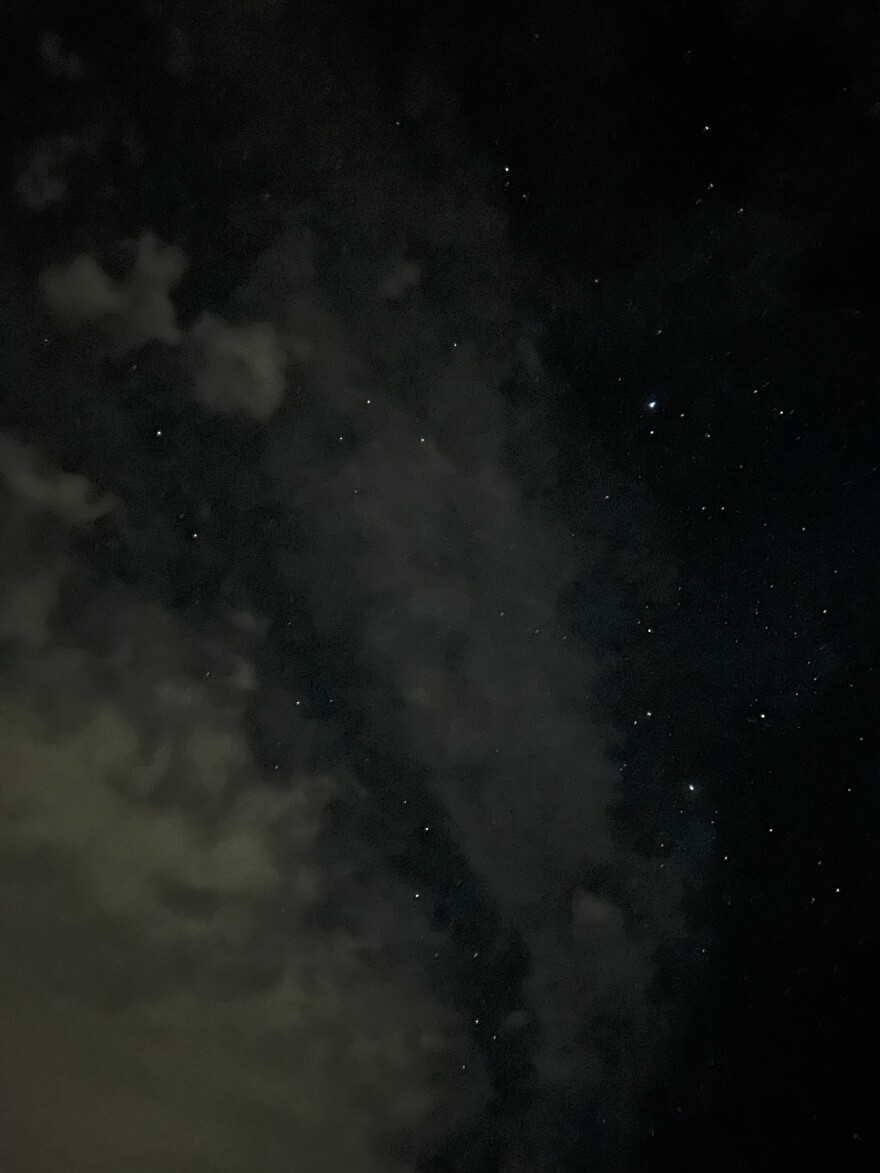Meteor showers happen when Earth passes through a trail of debris left behind by a comet. Tiny bits of rock and dust hit our atmosphere and burn up, creating bright streaks of light in the sky.
In the summer months, there's a lot to see when you look up, if the sky is dark enough and the weather cooperates.
Right now, three meteor showers are active: the Southern Delta Aquariids, the Alpha Capricornids, and perhaps, most recognizable, the Perseids.
The Aquariids offer fainter, steady meteors late at night, while the Capricornids can surprise you with slow, golden fireballs in the early evening.
Both are peaking in late July — so, now!
I spoke with Tom Varden, Astronomer and Planetarium Coordinator at San Bernardino Valley College.
So, I’ve been looking for Perseids already. They’re sparse, but they’re very bright…fast movers...I've already seen some spectacular perseids this year.
And the Perseids officially peak August 11th through the 13th, so the best is still to come.
Thursday, July 24th was a new moon, which means darker skies this weekend.
That gives you a better chance of seeing not just meteors, but also the glowing band of the Milky Way, and even its galactic core, visible this time of year.
Again, Tom Varden.
Now if you can’t drive, then just concentrate on getting away from the streetlights. Two major things for looking at meteors… just avoid as much artificial light as you can and stay up as late as you can.
For more serious stargazing, Tom suggests checking ClearDarkSky.com to find the best viewing conditions near you.
For KVCR News, I’m Jessica Greenwell

